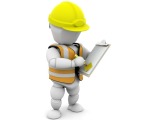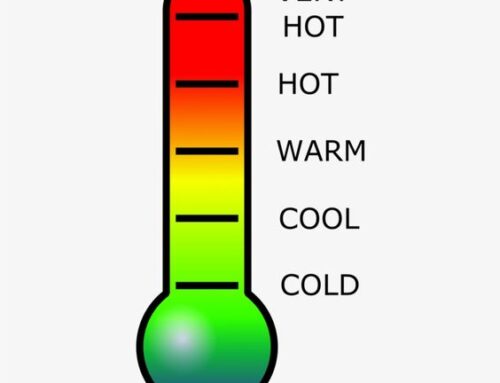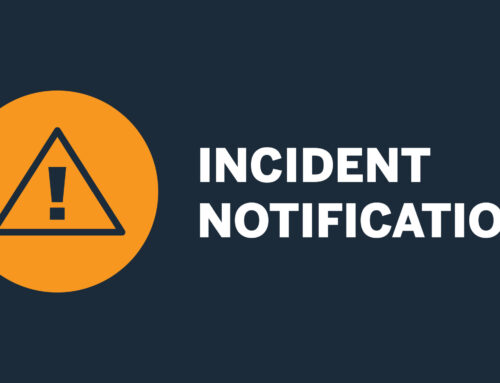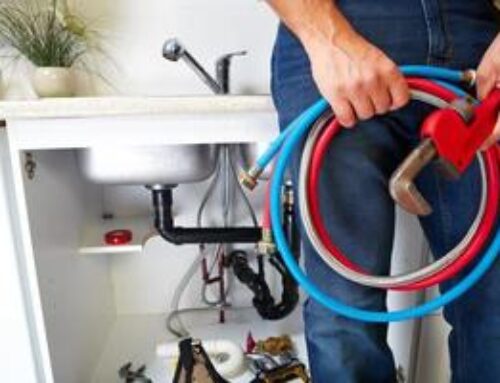
Risk assessment is defined as a systematic process of evaluating the potential risks that may be involved in a projected activity or undertaking. When put into practice in the workplace, risk assessments is generally known as a workplace health and safety (WHS) or occupational health and safety (OHS) risk assessment. For businesses operating in Queensland; the main region includes Gold Coast, Brisbane, Ipswich, Sunshine Coast, Gympie, Maryborough, Bundaberg, Central Queensland and Far North Queensland, a Code of Practice is available to help manage risk in the workplace. The risk assessment process is a fundamental aspect of any business operating in Queensland, as it ensures that you are not only compliant with the Queensland Work Health and Safety Act but also that you are maintaining a safe environment for your employees. There are several formal risk management documents that can be completed within the workplace, such as:
- Safe Work Method Statements
- Job Safety Analyses
- Risk Assessments
- Permits To Work
- And more
Risk assessments can also be an informal process. These days most business managers will simply observe the overall workplace environment as well as use common sense and experience to make sure that their employees are as safe as possible and performing daily duties in a safe and appropriate manner.
Risk Management In The Workplace
When managing a workplace, it is important to ensure that the most critical underpinning factor of your risk management process is in place; a concrete safety management system. Outlined below is a simple yet popular 4 step risk management process implemented by businesses across Queensland:
- Hazard Identification – What could cause harm to your employees?
- Risk Assessment – What is the likelihood of one of your employees being at risk of serious injury or otherwise by the identified hazard? What sort of harm could the hazard cause?
- Risk Control – What is the most practical and effective measure that can be taken to control the hazard and how can it be implemented?
- Review – Are the measures taken functioning as planned?
When implementing measures to eliminate or control the risk to a practical degree, the hierarchy of controls must be followed:
- Elimination – If possible, eliminate the factor that has been identified as a hazard.
- Substitution – Replace the identified hazard with an alternative that is safer or more reliable
- Isolation – Isolate the area in which the hazard is located from the rest of your business. Ensure that no unauthorised employee access is possible.
- Redesign – Manipulate the work process to ensure a safe environment for your employees
- Administration – Minimise the risk by procedural means (training and work procedures)
- Protective Equipment – Acquire protective equipment for employees working in direct contact with the hazard
Risk Management Consultants

Suncoast Safety have the experience and the knowledge to help you in identifying and controlling risks in your workplace. Get expert advice on reducing risk and improving your workplace health and safety compliance with Suncoast Safety’s expert consultants. Call us today to find out how we can help you.






